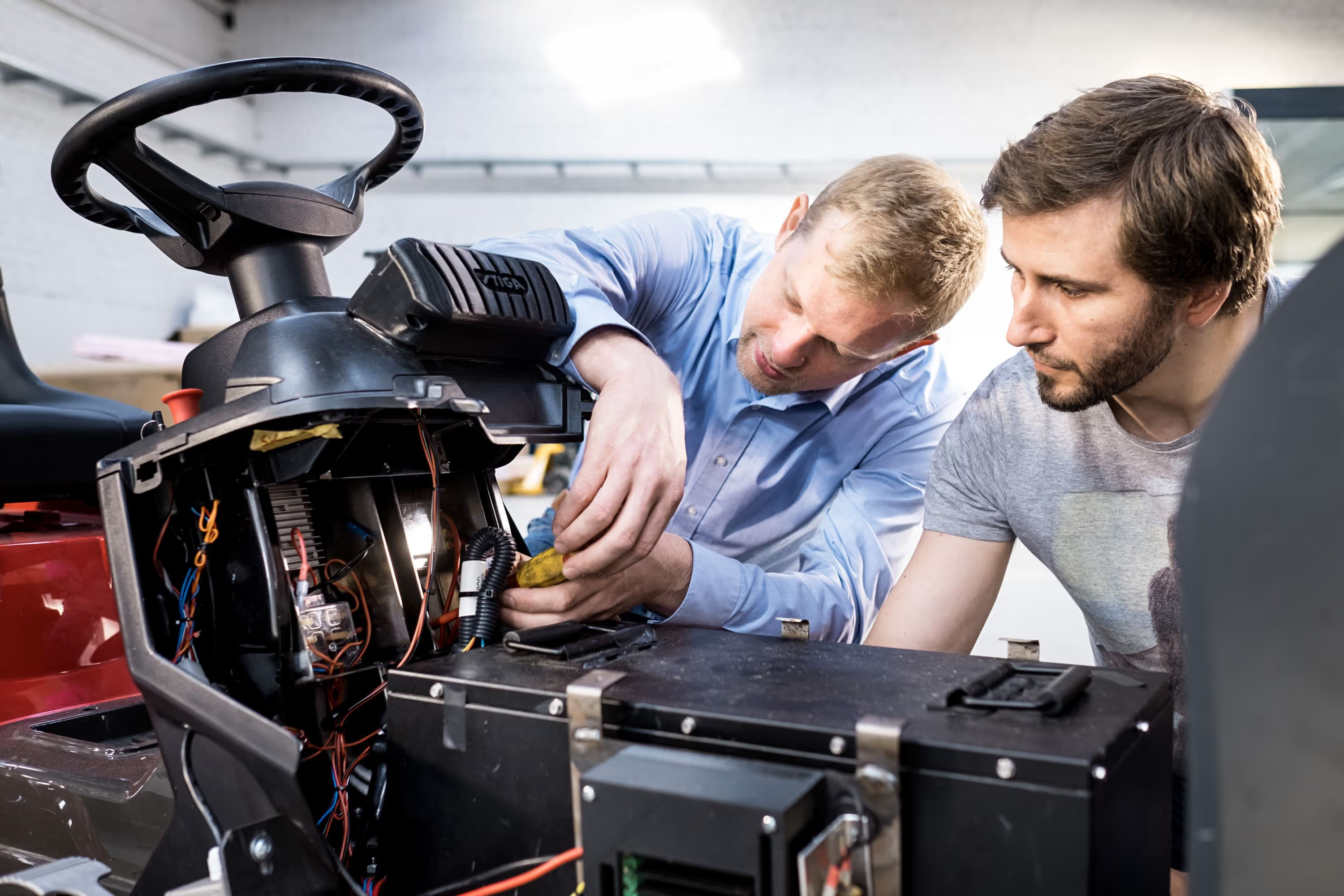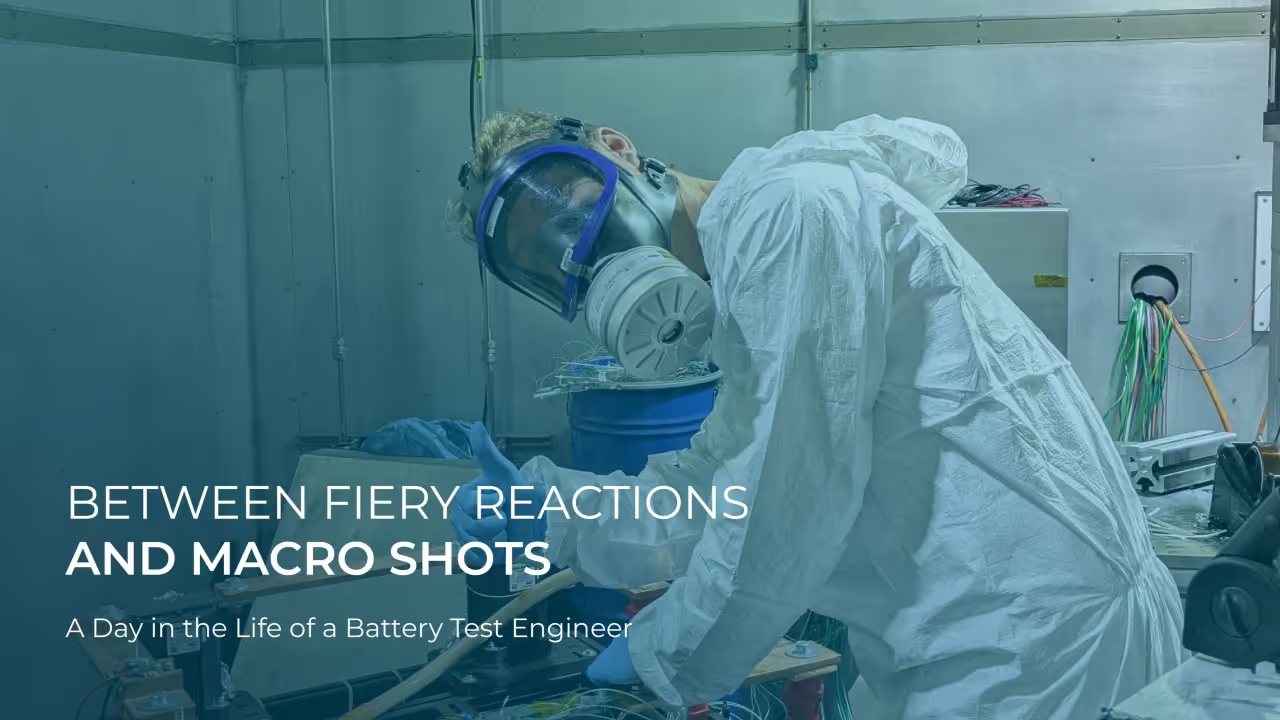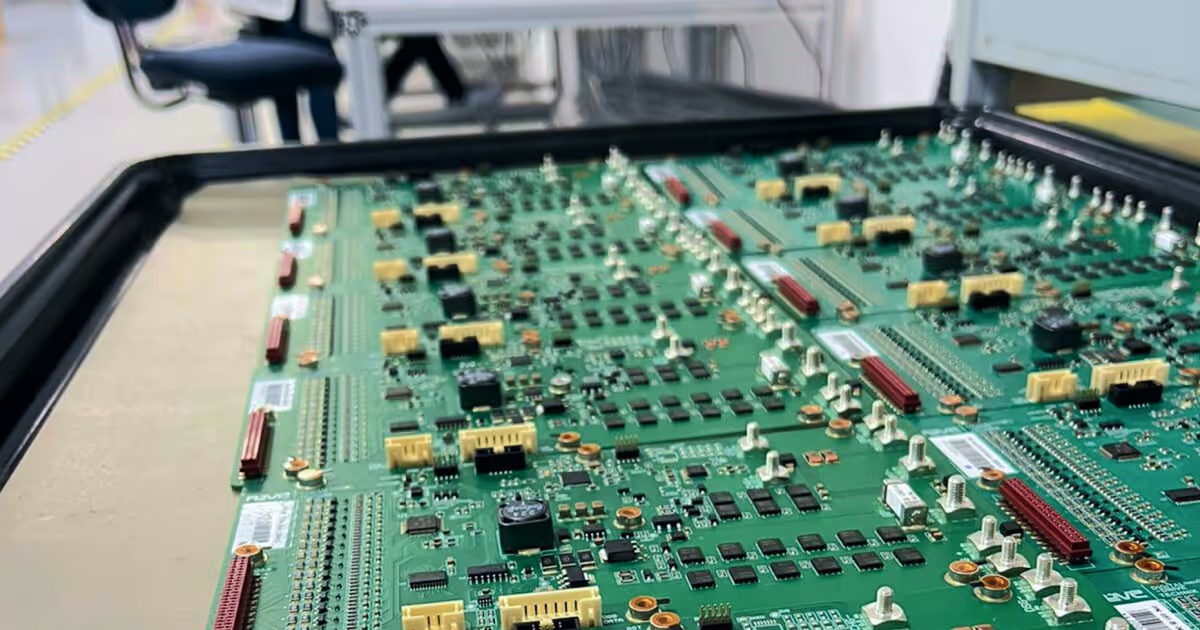Homologation
Homologation is the formal process of certifying that a product, such as a battery system, meets specific regulatory standards and requirements for market approval, ensuring safety, performance, and compliance.
In the dynamic and highly regulated battery industry, homologation stands as a cornerstone process that bridges innovation with market readiness. For professionals in battery manufacturing, electric vehicle (EV) production, and component supply, understanding and navigating homologation is not just about compliance—it's about securing competitive advantage, ensuring product reliability, and fostering trust in an increasingly scrutinized market. This article delves into the advanced aspects of homologation, tailored for experts who deal with the complexities of battery technology, from cell design to full-scale integration.
Understanding Homologation
Homologation refers to the systematic procedure of testing, validating, and certifying a product to confirm it adheres to the legal, technical, and safety standards of target markets. In the battery sector, this involves rigorous assessments to mitigate risks like thermal runaway, electrical faults, and environmental impacts, which are critical for applications in EVs, energy storage, and consumer electronics. The process is not a one-time event but an ongoing commitment to quality and regulatory alignment, often requiring collaboration across global jurisdictions.
Definition and Core Elements
At its core, homologation encompasses elements such as safety testing, performance validation, and documentation audits. For batteries, this includes evaluations under standards like UN 38.3 for transportation safety, IEC 62133 for general safety, and region-specific regulations such as the EU's Battery Directive or the U.S. DOT requirements. These elements ensure that batteries do not pose hazards during use, storage, or disposal, thereby protecting end-users and the environment.
Relevance to Battery Technology
In the battery industry, homologation is pivotal due to the high stakes involved in energy density, cycle life, and thermal management. Professionals must address evolving technologies like solid-state batteries or advanced lithium-ion chemistries, where homologation acts as a gatekeeper for innovation. By aligning with standards early in the R&D phase, companies can accelerate time-to-market and avoid costly recalls or legal penalties, making it an integral part of the product lifecycle.
The Homologation Process for Batteries
The homologation journey for batteries is multifaceted, involving stages from initial design to post-market surveillance. It demands a proactive approach, where manufacturers integrate compliance checks into every phase of development. This section breaks down the key steps, emphasizing practical insights for industry veterans who must balance technical excellence with regulatory demands.
Testing Procedures
Testing is the backbone of homologation, covering areas such as electrical performance, mechanical integrity, and environmental resilience. For instance, batteries undergo tests for overcharge protection, short-circuit behavior, and vibration resistance, often simulating real-world conditions. Advanced procedures might include abuse testing—like nail penetration or crush tests—to evaluate failure modes and ensure robustness. Utilizing accredited laboratories and standardized protocols, such as those from ISO or SAE, is essential for credible results that withstand regulatory scrutiny.
Documentation and Compliance
Beyond testing, homologation requires meticulous documentation, including technical files, risk assessments, and conformity declarations. This paperwork must detail design specifications, material sourcing, and manufacturing processes, often aligned with frameworks like the EU's CE marking or China's CCC certification. For battery professionals, maintaining transparent and traceable records is crucial, as gaps can lead to delays or rejections. Digital tools and compliance management systems are increasingly used to streamline this aspect, reducing human error and enhancing audit readiness.
International Standards
Navigating international standards is a complex yet vital part of homologation, given the global nature of the battery market. Key standards include UL 2580 for EV batteries, GB/T in China, and the evolving ISO 6469 series for electrical safety. Professionals must stay updated on amendments and regional variations, as non-compliance can bar entry into lucrative markets. Engaging with standardization bodies and industry forums helps in anticipating changes and adapting strategies accordingly.
Challenges and Solutions in Battery Homologation
Despite its importance, homologation presents significant challenges, from regulatory fragmentation to rapid technological advancements. This section explores common hurdles and offers actionable solutions, drawing on real-world scenarios faced by battery experts.
Regulatory Hurdles
One major challenge is the disparity in regulations across regions, such as differing test requirements in Europe, North America, and Asia. This can lead to duplicated efforts and increased costs. Solutions include adopting a modular homologation approach, where core tests are standardized, and region-specific add-ons are applied. Additionally, leveraging mutual recognition agreements between countries can simplify the process, though it requires deep knowledge of bilateral frameworks.
Best Practices for Success
To overcome homologation obstacles, professionals should implement best practices like early stakeholder engagement, where suppliers, OEMs, and regulators collaborate from the design phase. Using predictive modeling and simulation tools can pre-empt compliance issues, reducing physical testing time. Moreover, investing in continuous training for teams on emerging standards ensures that organizations remain agile and compliant in a fast-paced industry.
Conclusion and the Role of PEM Motion
In summary, homologation is an indispensable process in the battery industry, ensuring that products meet the highest standards of safety, performance, and environmental responsibility. By embracing a structured approach—from rigorous testing to thorough documentation—professionals can navigate this complex landscape effectively, turning regulatory compliance into a competitive edge. As the industry evolves with innovations like fast-charging technologies and sustainability mandates, homologation will continue to play a critical role in shaping the future of energy storage and mobility.
Navigating homologation requires expertise and precision, and this is where PEM Motion provides invaluable support. PEM Motion assists battery manufacturers, component suppliers, OEMs, and EV producers in managing complex requirements, including testing procedures, documentation, and compliance with international standards. As an international engineering and consulting partner for battery technology, PEM Motion offers key expertise in Battery Testing & Compliance, BMS Solutions, Training, and Operations Support, helping clients streamline their homologation processes and achieve market success efficiently.
Our Focus
What we do
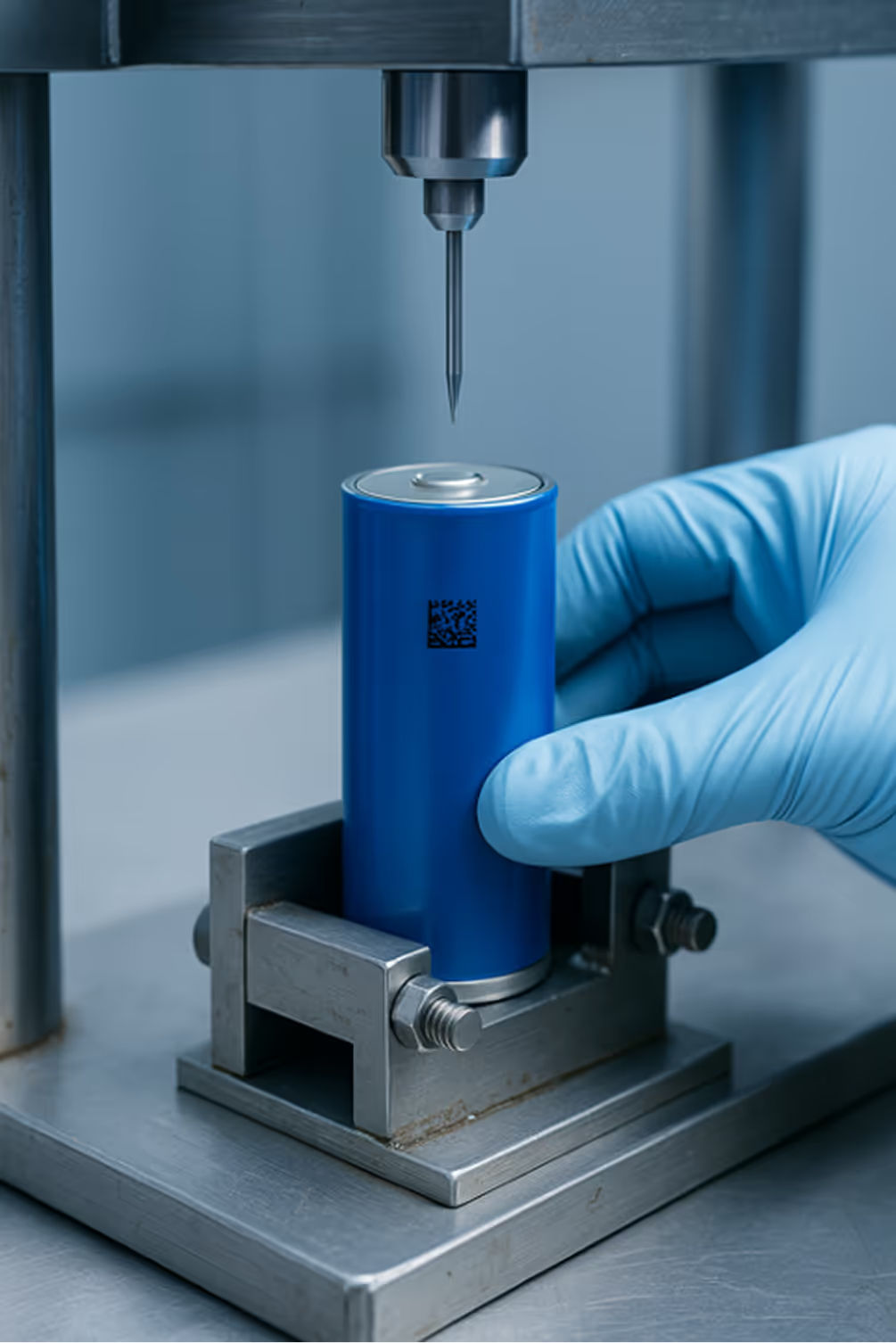
BATTERY Compliance
We ensure your batteries meet all compliance standards for safety and performance.

OPERATIONS & TRAINING
We empower your team with comprehensive training and operational consultation for battery technology and energy storage solutions.
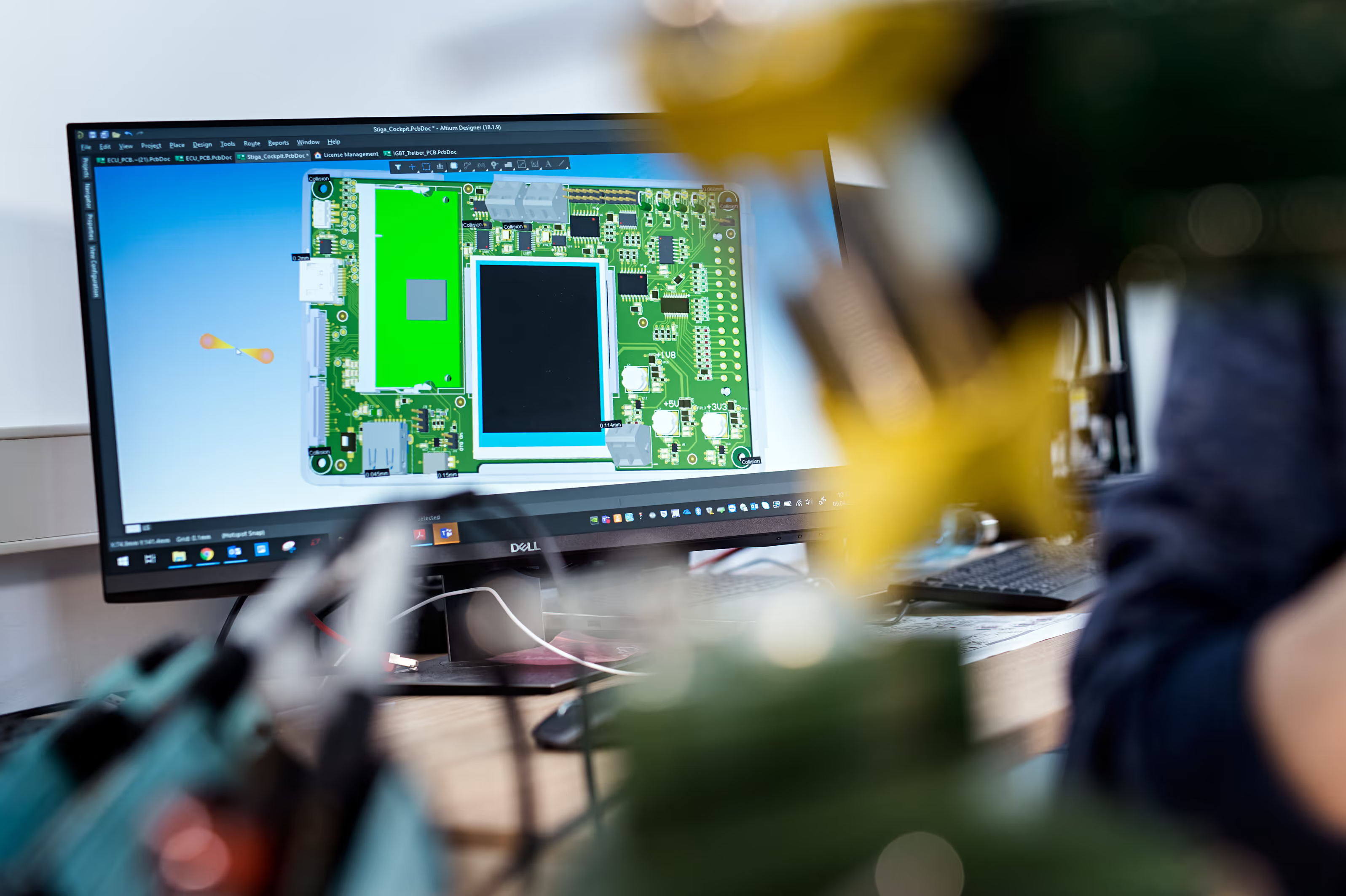
BMS SOLUTIONS
We offer a wide range of Li-Ion battery solutions and Battery Management Systems for various industries.










